Market Analysis
In-depth Analysis of US Specialty Gas Market Industry Landscape
The specialty gas market in the United States is undergoing dynamic changes influenced by a combination of factors that impact both supply and demand. Specialty gases, characterized by their high purity and specific applications in industries such as healthcare, manufacturing, and electronics, play a crucial role in various processes. The market dynamics are shaped by technological advancements, regulatory considerations, and the evolving needs of industries relying on specialty gases.
One of the key market dynamics in the U.S. specialty gas market is the growing demand from industries that require precise and controlled gas compositions. As technologies in manufacturing, healthcare, and electronics continue to advance, the need for specialty gases with specific properties becomes more pronounced. This demand is driven by the desire for enhanced efficiency, improved product quality, and compliance with stringent industry standards. Specialty gas manufacturers are adapting to these requirements by investing in advanced production processes to ensure the purity and precision of their gas offerings.
Regulatory considerations, particularly in the context of environmental standards and safety regulations, significantly influence the market dynamics of specialty gases in the United States. The industry is subject to stringent regulations to ensure the safe handling, transportation, and usage of these gases. Compliance with standards set by organizations such as the Environmental Protection Agency (EPA) and the Occupational Safety and Health Administration (OSHA) is a critical aspect for specialty gas manufacturers. This regulatory landscape drives the adoption of best practices in production, storage, and distribution, impacting the overall structure of the specialty gas market.
Technological advancements contribute to the dynamic nature of the U.S. specialty gas market. As industries become more sophisticated in their processes, the demand for advanced specialty gases with precise compositions and applications increases. The development of specialty gas blends tailored for specific industrial needs, along with advancements in gas packaging and delivery systems, reflects the industry's response to evolving technological requirements. The integration of digital technologies for monitoring and controlling gas processes further enhances the efficiency and safety of specialty gas applications.
Competition within the market fosters innovation and diversity in specialty gas solutions. Companies are continually striving to differentiate themselves by offering unique gas blends, customized packaging options, and responsive customer support. The competitive landscape drives manufacturers to stay at the forefront of research and development, ensuring that they can meet the evolving needs of industries that rely on specialty gases.
The energy sector, with a focus on clean and sustainable practices, contributes significantly to the market dynamics of specialty gases in the United States. The increasing adoption of renewable energy sources and advancements in clean energy technologies drive the demand for specialty gases used in solar, wind, and other sustainable energy applications. This trend aligns with the broader shift towards environmental consciousness and sustainability in various industries.
Socio-economic factors, such as economic growth, industrialization, and the expansion of key end-use industries, also play a role in shaping the U.S. specialty gas market dynamics. As the economy grows, the demand for specialty gases across diverse sectors increases, ranging from healthcare and electronics to manufacturing and research. This economic expansion creates opportunities for specialty gas suppliers to address the unique needs of emerging industries and applications.

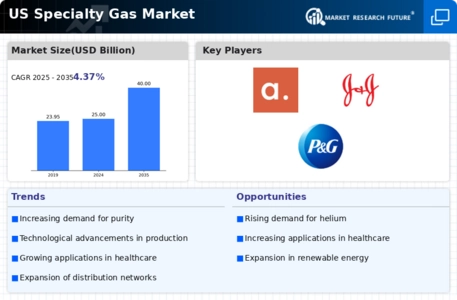
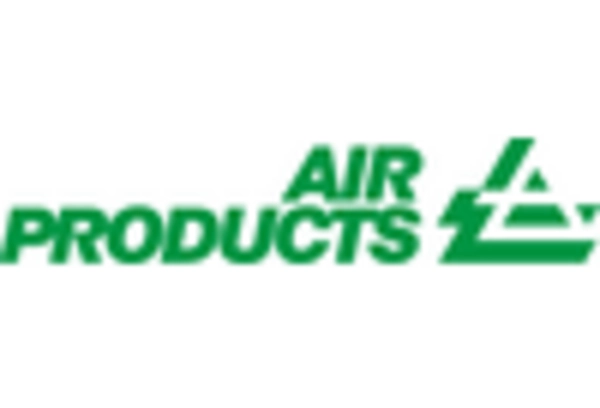
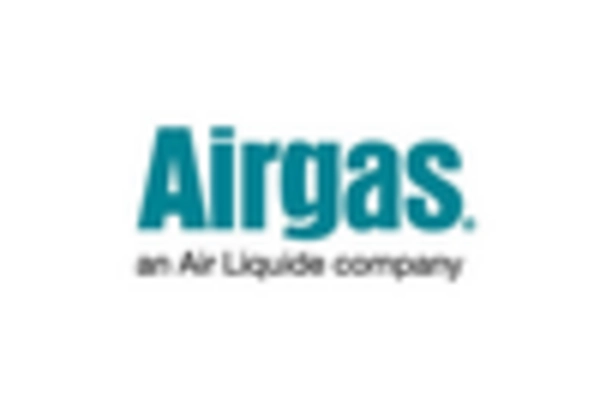
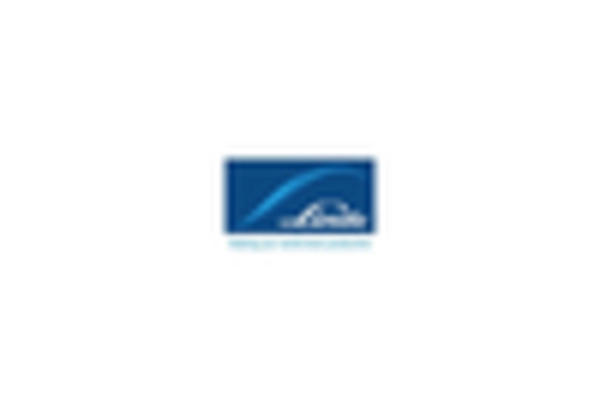

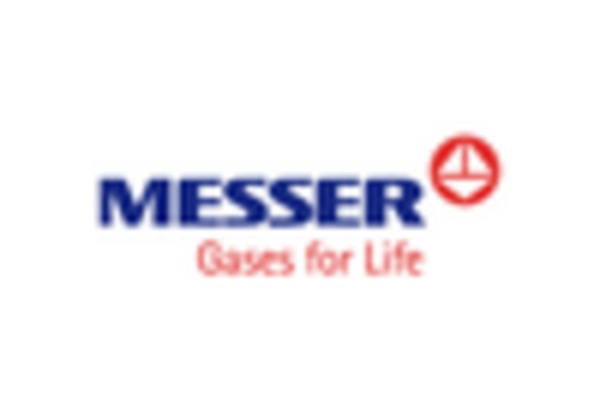
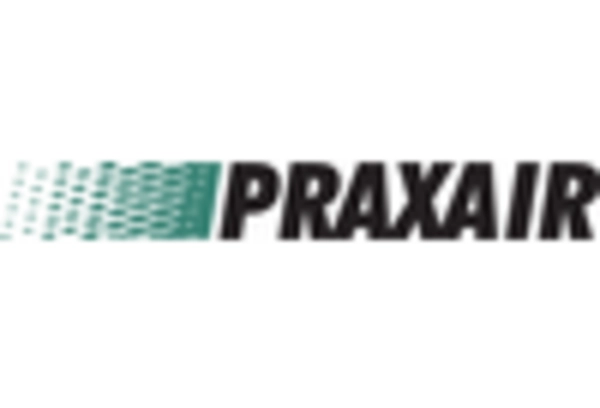









Leave a Comment